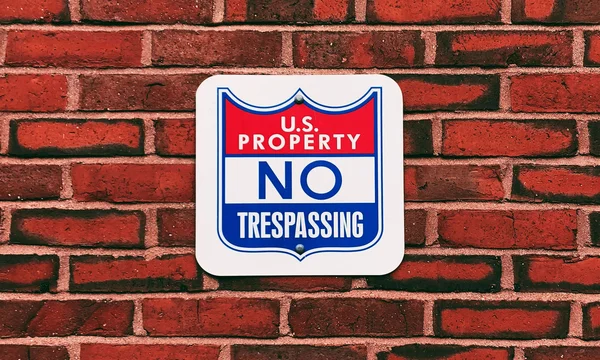
Most patent litigators are familiar with means-plus-function claims, which are defined by 35 U.S.C. § 112(f) (previously § 112 ¶ 6). They allow a patentee to write a claim limitation as a "means" or "step" for performing a function, which is performed by the corresponding structure (or material, or acts) within the specification.
Section 112 ¶ 6 can be a gold mine for accused infringers. If they successfully argue that a claim element falls under § 112 ¶ 6, they can then argue invalidity based on a lack of corresponding structure, or they can argue non-infringement if there is structure but their products lack any equivalent. Patentees usually don't want to construe their claims as § 112 …







